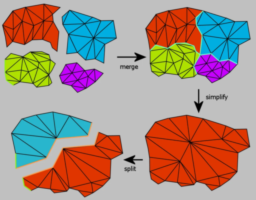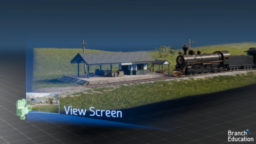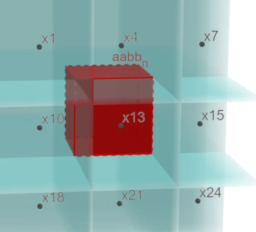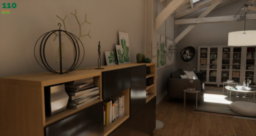- the article presents how different shader constructs are converted into instruction on RDNA2
- shows the impact on code generation that small changes can have
- what can be optimized by today’s compilers and what cannot be optimized

- the article discusses a technique that calculates the transformation required between a known base and target position
- applies this technique to a 3D cloth simulation to calculate the shading tangent and normals

- the article discusses how to generate LODs using a meshlet-based Directed Acyclic Graph approach
- talks about the data structure, the approach, and implementation details of the model
- mentions considerations for choosing meshlet sizes as well as LOD selection using the graph

- the video provides a great visual breakdown of the rendering pipeline
- covers how scenes are represented, how the source triangles are transformed, rasterized, and shaded to finally appear on screen
- additionally provides a small overview of more recent techniques such as ray-tracing and DLSS

- the article provides an overview of different heuristics to choose from when building a BVH for raytracing
- compares the ray tracing performance of the heuristics in a test scene
- additionally provides ideas for future research in the area

- the article provides a walkthrough of the practical tweaks and tricks used to implement a ReStir-based global illumination system into a research framework
- discusses the caching strategies, light leaking improvements, and performance optimizations

- the article provides insights into how to convert OpenImageDenoise into HLSL compute shaders
- shows a high-level overview of the technique
- presents a couple of steps to reduce the performance cost

Thanks to Giuseppe Modarelli for support of this series.
Would you like to see your name here too? Become a Patreon of this series.